Dublin museum honors when rodeo brought in the big bucks
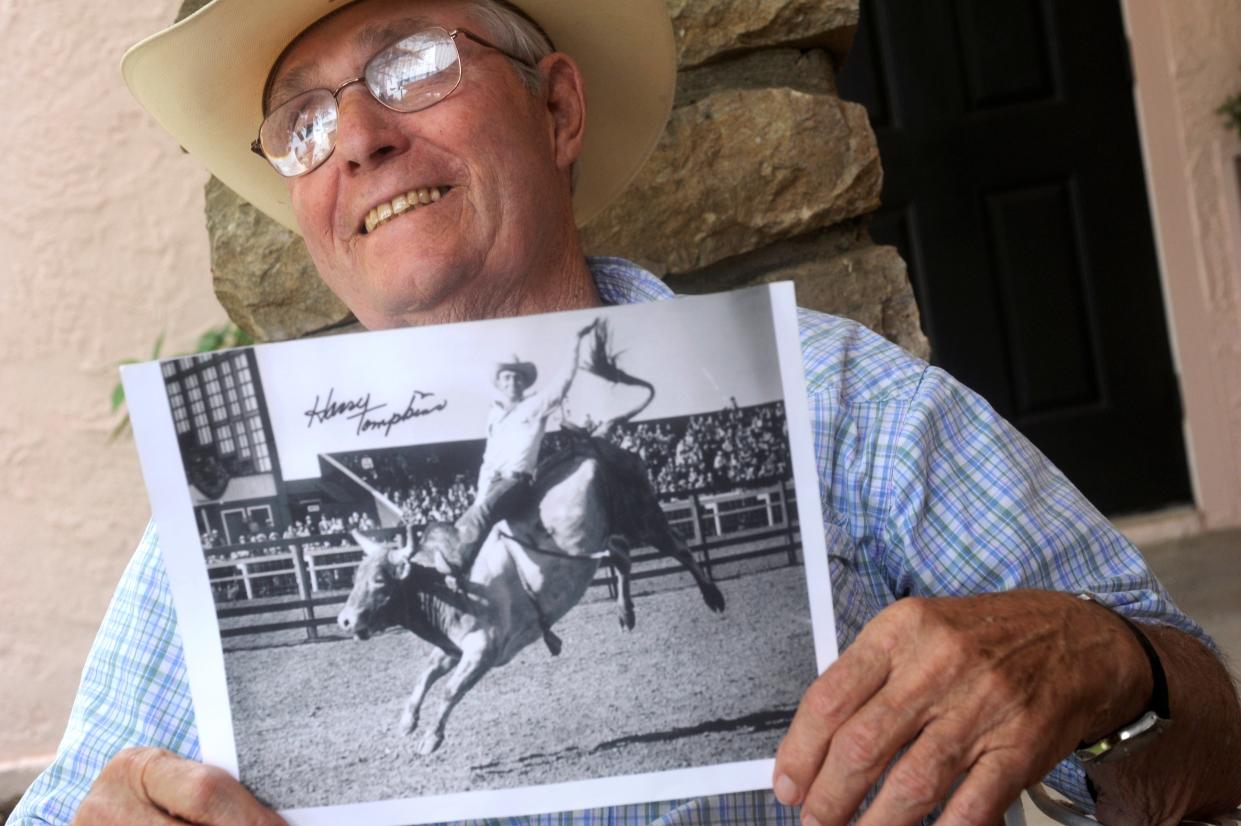
DUBLIN – Not everyone remembers Gene Autry.
“A lot young people that come in, they don't know who Gene Autry is,” Carolyn Harbin said. “So I have to tell them that he's the only person that has five stars on the Hollywood Walk of Fame.”
Harbin is the manager of Dublin Rodeo Heritage Museum, which has been marking its 20th anniversary all summer. On Sept. 2, they will cap that celebration with Dublin Rodeo Heritage Day.
“First, we’re gonna have a parade,” Harbin said, describing the events for that Saturday. “Which is beginning to get pretty big.”
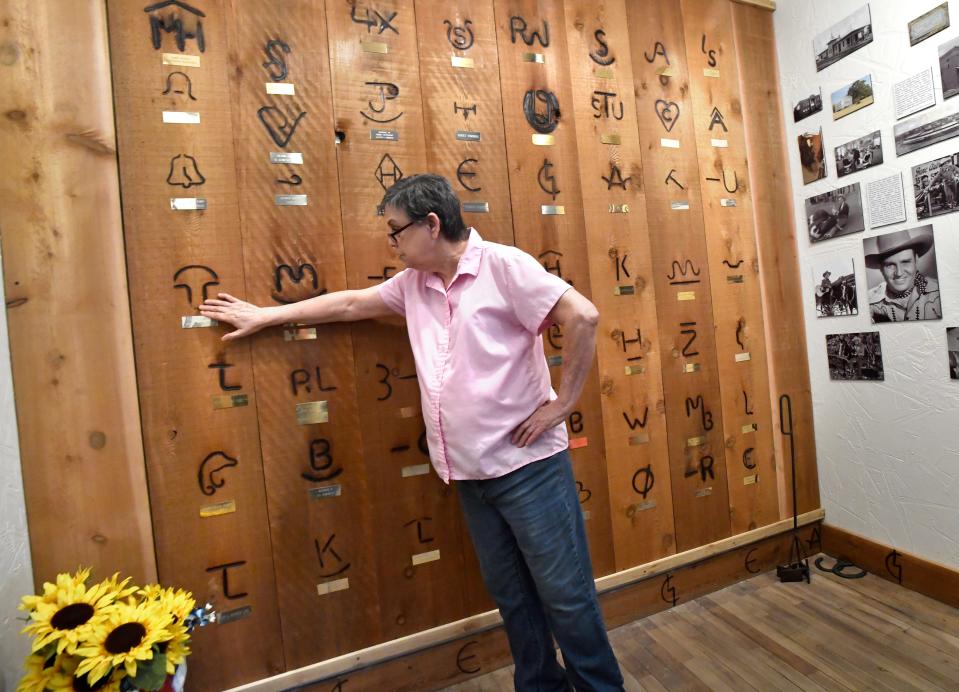
Following that will be an Honor Walk ceremony, recognizing participants from Dublin’s rodeo past, followed by folks marking a wooden wall with brands, a photography exhibit, food, museum tours and a premier of a documentary. The night ends with Everett Colborn Memorial Bull Riding at Dublin City Park Arena.
A rodeo legend
Everett Colborn came to Texas from Oklahoma in 1937 and leased the Lightning C Ranch 14 miles outside of Dublin. It was dedicated entirely to rodeo stock such as bulls and bucking horses. World Championship Rodeo, as it was called, was believed to be the largest ranch devoted to rodeo stock at the time.
Colborn would load his livestock on trains, taking them to towns far from West Texas where the only cowboys to be seen were in movie theaters, places like Boston, Philadelphia, Chicago, or New York City.
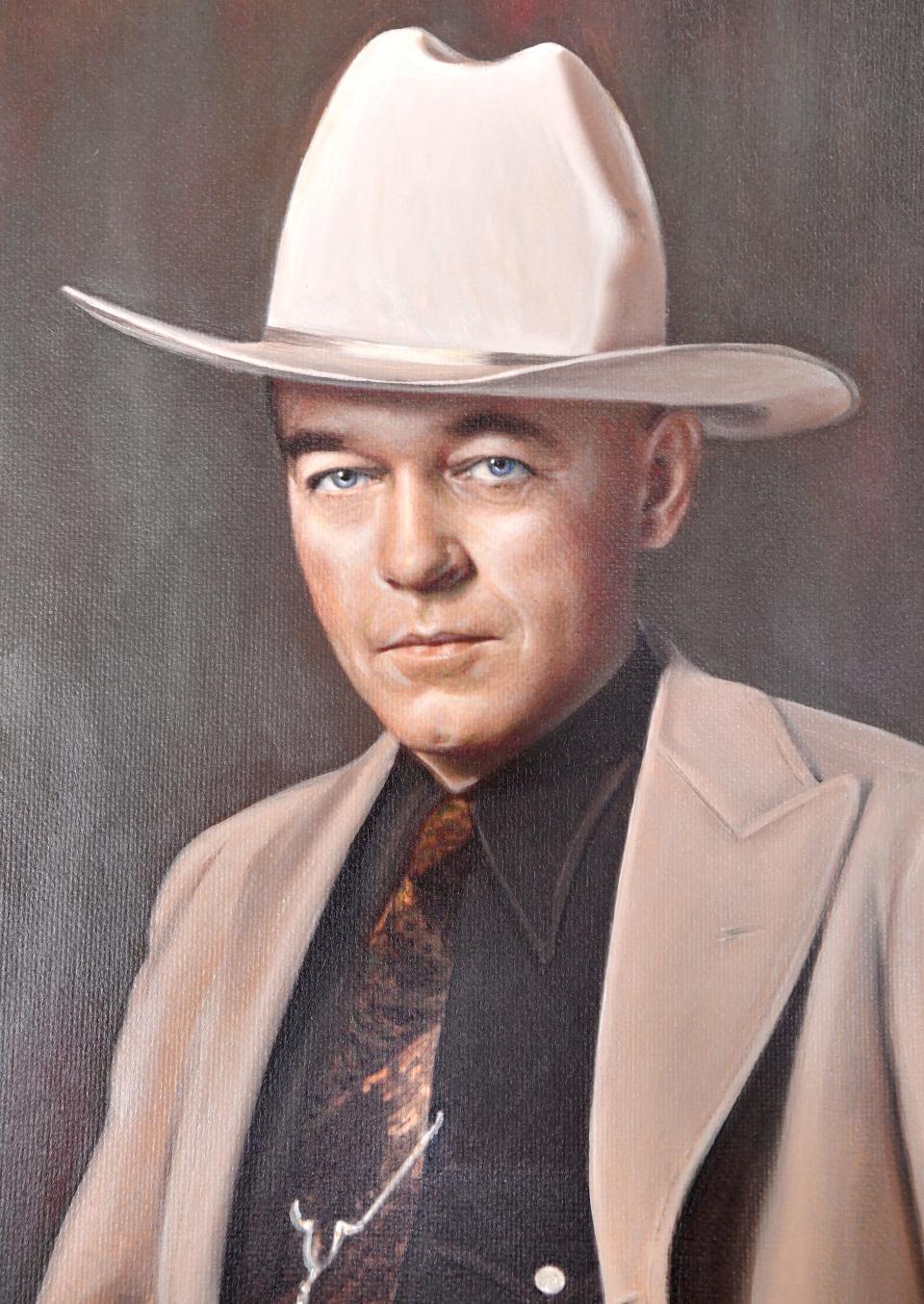
As folks in Dublin watched Colborn loading his trains with cowboys, bulls and horses, they began wondering why they couldn’t have a rodeo like that too. By 1940, they did and cowboy crooner Gene Autry appeared at that inaugural rodeo.
“And then, by 1942, Gene Autry tries to buy it, but Everett Colborn won't sell,” Harbin said. Instead, Autry and Colborn became partners, with Autry performing at the rodeo for several years along with other country legends of the era such as Bob Wills.
In 1946, the Colborn Bowl was built in Dublin, the largest rodeo arena at that time in the Southwest. The Dublin rodeo was moved from its April schedule to September, right before the rodeo company’s annual big trip to Madison Square Garden. The name was changed, reflecting the new schedule, to the “Pre-Madison Square Garden’s World’s Championship Rodeo.”
According to the rodeo museum’s website, everyone and everything that participated in it would be loaded onto a 24-boxcar train and immediately head east when the Dublin rodeo ended. The last car would feature a gigantic picture of Everett Colborn in action, just to separate it from the rest of the trains bound for the Big Apple.
Colborn retired at the 1959 Pre-Madison Square Garden rodeo. Shortly after, the livestock was sold and moved elsewhere, and that chapter closed for Dublin.
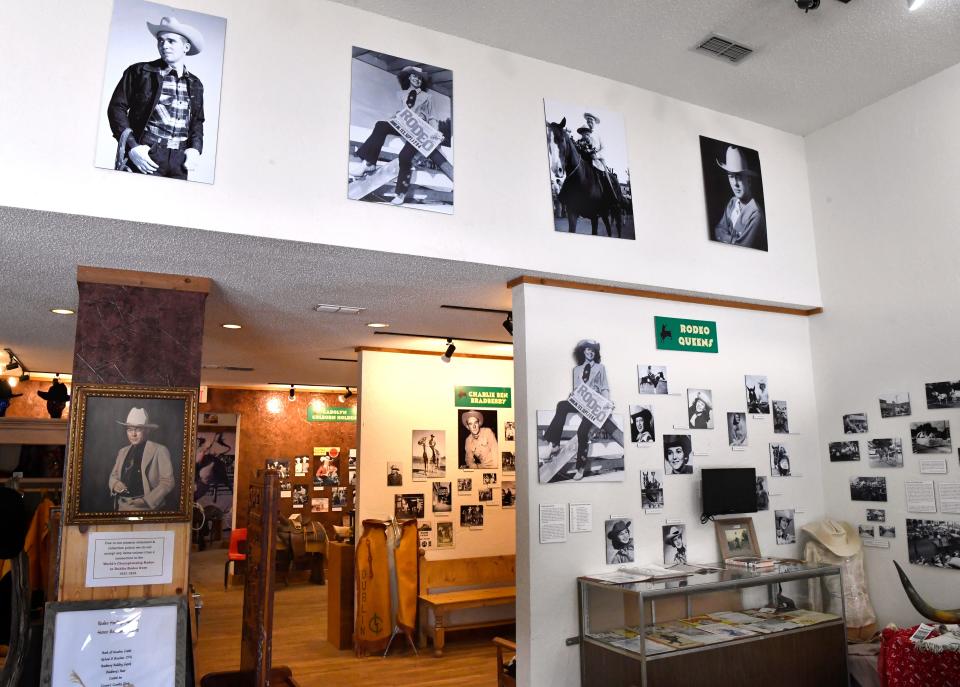
Saving history
But while that page turned, a number of people involved with the rodeo who felt the need to keep that book opened. People such as Colborn’s daughter Carolyn, whose donations from their family collection can be seen in the museum.
“Somewhere, there's a picture of her and Elvis Presley,” Harbin said. “She had lunch with Elvis Presley to enhance his career because he wasn't popular at that time.”
Or the late Harry Tompkins, whose famous photograph of him successfully riding a bull that Colborn bet $100 that he couldn’t, is featured life-sized in the museum. Rodeo fans can sit on one of Tompkins saddles in front of the picture, throwing their own hands in the air as they “ride with Harry," doing their best to mimic his smug expression.
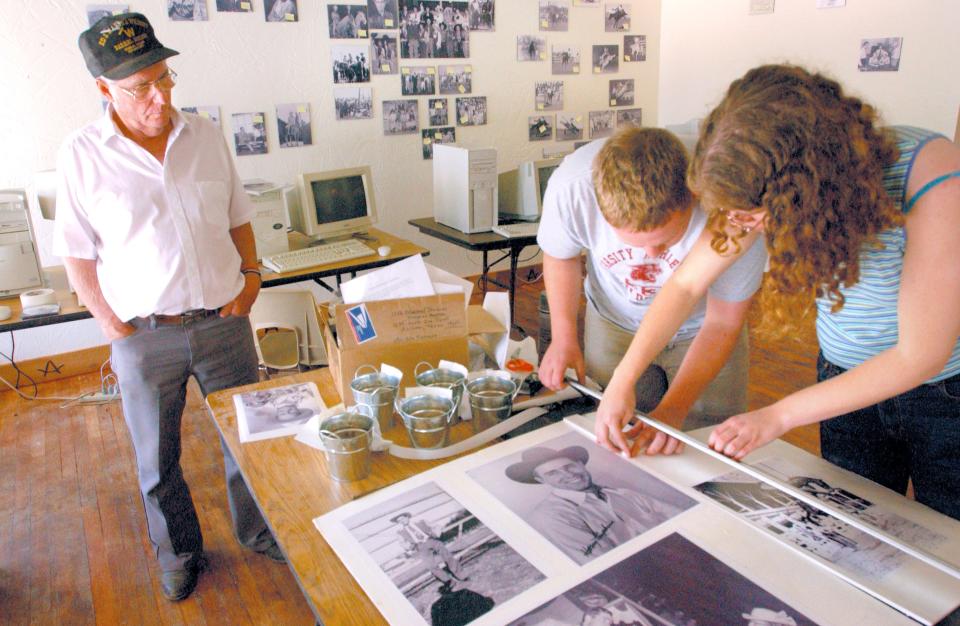
Tompkins was one of the biggest supporters of the museum, having lived much of that rodeo history himself as an eight-time world bullriding champion, as well as marrying Rosemary Colborn. Tompkins died in 2018.
“He knew a lot of people,” Harbin said. “When we started, he would bring his friends in, and of course when we started the honoree dinners, he knew who to honor.”
Over two decades, the museum has attracted a fair number of visitors, some even arriving from the country bearing the town’s namesake.
“One Time a Chamber of Commerce lady brought some people from Ireland in here and said these people don't want to see anything from Ireland. They want to see some cowboys,” Harbin recalled.
From New York to the Netherlands, Harbin said most people who walk through their doors are looking for one thing – rodeo history.
“I like to think that that's what they come to Texas for – to see cowboys!” she said.
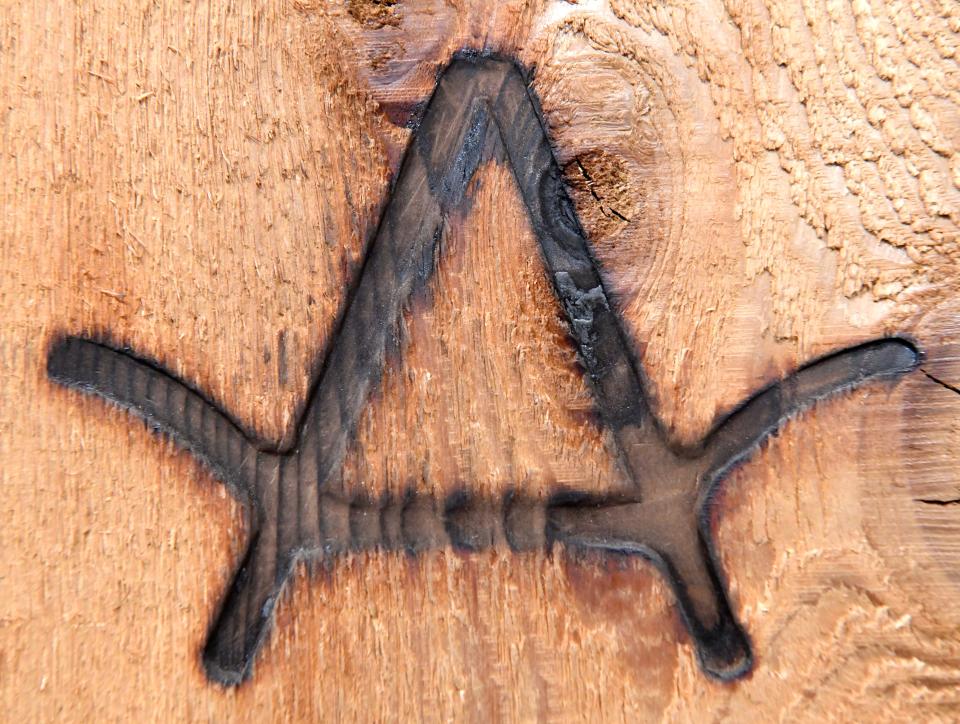
This article originally appeared on Abilene Reporter-News: Dublin museum honors when rodeo brought in the big bucks

